Description
The right Wallpaper adhesive

It goes without saying that wallpaper adhesive is the most important consideration in wallpaper installation. And it costs a mere Ksh 500 per 180-gram sachet. Which is enough for you to hang at least 4 standard-size rolls of wallpaper Use the right wallpaper adhesive, from Wallpaper Kenya, to make it easier for you to install and remove, when that time comes. For Ksh 500 per 180-gram sachet of powder wallpaper adhesive, you have no excuse to use the wrong wallpaper glue. One such sachet holds enough powder to hang at least 4 standard-size, 53 centimeters by 9.5 meters, rolls of wallpaper.
Understanding wallpaper paste isn’t nuclear science. Although the labels on wallpaper packaging list a large number of ingredients. Its main ingredients are only two. And both are natural with no preservatives or chemicals. Potato and rice starch-based wallpaper paste works best with what professional paper hangers call paper paper. Which is pulp paper without vinyl. However, starch paste is not the best choice for hanging fabric. Because the bond is quite aggressive, so removal takes effort. Our paste is safe for the environment and your living quarters.
How to mix powder wallpaper adhesive with water
Please note it is extremely important to read the instructions on how to mix a particular adhesive.
Step 1: Read and follow the manufacturer’s instructions
But generally speaking the ratio of water to the adhesive should be 30:1. In other words, measure 30 parts cold water and pour it in a bucket. You can use a cup to measure. Scoop up 1 part dry, unmodified potato starch into the measuring cup. For example, if you need approximately 10 cups of wallpaper paste, you’ll need 30 cups of water in the bucket and 1 cup of powder adhesive in the measuring cup.
Step 2: Sprinkle the powder adhesive into the cold water a little at a time
Stirring constantly using a wooden spatula. The mechanical action of stirring will help break the starch granules down. If you don’t do this, it will form lumps and that is not good as it can cause bulbs when applied between the wallpaper and the wall. After the mixture is consistent let it settle for 5 minutes or so. Return to stir the mixture for approximately five minutes or so.

Scrape the bottom of the pot with the spatula to check for thickening. Begin stirring constantly when you feel slight resistance from thickened starch at the bottom of the pot. By now you have the right consistency which is similar to a thin pudding or heavy syrup.
Heavy Duty Rower Plant Rice Wallpaper Glue
The properties of our heavy-duty wallpaper glue are as follows:
- A neutral noncorrosive formula is suitable for alkaline surfaces such as concrete, cement, brick, and plaster, making it suitable for interior applications.
- It is odorless, making it ideal for use in confined areas
- Bamboo charcoal net taste
- New Environmental Protection
- Neutral food-grade starch as raw material
- Safe for use on mirrors – will not de-silver the mirror-backing
Rower plant rice wallpaper glue is a product with a high environmental performance index. Produced through a series of compound denaturation treatments. It uses food-grade starch as the main raw material, does not add any harmful substances, and meets the high concern of EU REACH (SVHC) content standards.
The glue is rich in “natural bamboo charcoal factor. Thus effectively captures free formaldehyde in the air, stupid, and other harmful substances. In effect, it purifies the indoor air and creates an environmentally friendly and healthy home environment for you.
Natural food-grade starch is the main raw material. It has passed ISO9001 and EU environmental standards certification. Redeployment is simple, easy to construct, and suitable for all kinds of wall coverings and wallpaper construction.
Instructions for use of heavy-duty wallpaper glue
Cleaning: Ensure tools are clean (Bucket, mixing tools, etc.) before preparation.
Pour the glue: Cut the packaging with scissors along the bag seal, and sit the bag to the bottom of the bucked. At the same time press the bottom of the bag against the edge of the bucket and apply force by hand. Pour the product into the container and mix well.
Modulation:
According to the type of wallpaper, add water 3 times. Add water 30% for the first time and fully stir to make the glue absorb all the water. Then add water for the second time; according to this operation, add water 30% for the second time. Third, add the remaining 40% water and stir until the glue fully absorbs the water and becomes viscous. Stirring can be stopped when the smooth glue is smooth.
Brushing: Apply the glue evenly on the back of the wallpaper, and fold the wallpaper with the glue surface for 3-5 minutes. After the glue is infiltrated it can be pasted.
Paste: Install the vertical reference, paste the wallpaper from top to bottom according to the standard then use the brush and scraper from top to bottom. Scrape from inside to the outside, and squeeze out the bubbles and excess glue.
Activating self-adhesive wallpaper
Although not common in Kenya, you might be having Peel and Stick wallpaper. This is relatively new to the interior design world and is the easiest type of wallpaper to remove. It’s also the easiest to apply.

Water-activated wallpaper is a new take on traditional wallpaper. It removes the step of adding glue. The wallpaper is pre-pasted on the back.
The paste is in a dried form. Therefore you have to soak the paste in water before it can become sticky. This type of wallpaper is generally easier to remove than traditional paste wallpaper.
Booking:
The dictionary of wallpaper defines booking as Folding (without creasing) a continuous strip of wallpaper that has just been pasted, allowing time for the adhesive to soak into the paper. Keep the adhesive tacky until ready to hang. The paper is folded over on itself, pasted sides together with the edges in alignment. The correct amount of booking time varies and should be noted on the directions that come with the paper.
After you cut the first drop of your wallpaper, it’s time to activate the paste on a peel-and-stick wallpaper or apply adhesive to an ordinary wallpaper. The procedures are generally quite straightforward, but be sure to follow the manufacturer’s instructions for the particular wallpaper that you’re installing.
How to install contact wallpaper
Contact paper is a later innovation that has a decorative surface on one side and a highly adhesive material on the other side. The paper sticks to the desired surface with minimal effort and does not require adhesive water activation. It is sold in rolls just like ordinary wallpaper and the material is cut to size by the user.
For best results, clean, dry, and smooth the wall where you will install the wallpaper. It will not adhere to unclean or rough textured surfaces. Allow newly painted surfaces to fully cure for a minimum of 4 weeks before applying Peel and Stick Wallpaper.
When you are ready, Peel about 12” of the backing away from the paper. Apply the paper to the top of the wall, allowing a bit of excess to overlap the ceiling which will be trimmed off later. Align the right side of the strip and lightly press the edge to the wall. You can reposition if needed to ensure a vertical seam.
Working from top to bottom, pull the backing away as you evenly press the contact paper to the wall. Do not force, let gravity assist you. Be careful not to pull or stretch the material or the pattern will not align. For best results, have one person guide the paper at the top and along the seam, while another holds the opposite edge away from the wall until the seams are lined up.
Packaging for our Wallpaper Adhesives
- Ask for 230 grams of highly sticky paste for fabric wallpaper or heavy wallpaper. You will mix with 4.5 liters of water, to cover 20 square meters for fabric wallpaper. But for heavy wallpaper mix with 5 Liters of water, to cover 25 square meters.
- Then we have a 250-gram sticky paste for wallcloth or thick wallpaper
Mix with 5Liter of water, to cover 25 square meters - The most common and used adhesive comes in 180-gram packaging. This is of middle-quality paste great for PVC, Vinyl, and non-woven wallpaper. You will mix with 5 Liters of water, to cover 25 square meters.
- For economy, one may use the 180 grams common paste. But this is only good for lining paper and light PVC wallpaper. The ratio of water to use is 4 Liters to one sachet, to cover 20 square meters.
Wallpaper Pasting Tools
A checklist of wallpaper pasting tools will help you avoid situations in which there are unforeseen moments when sticking wallpaper on the wall or ceiling of the room. This forces you to “break off” and go to the hardware store to buy the same narrower spatula or ask your neighbors for a curly screwdriver. A glance at the checklist helps you choose the necessary tools for wallpapering for yourself.
List the wallpaper pasting and other tools you require
When making a list of required materials and tools, take into account the fact that you may not only need tools to apply glue. But also improvised means of tearing wallpaper off the walls (or removing old paint). And to coat different holes with putty.
First, we list all the tools for wallpapering:
- glue roller for wallpaper paste
- wallpaper roll
- wallpaper roll for corners,
- pasting pan,
- a bucket
- sponge
- drill
- electrical tape
- a pencil
- brush
- ruler
- office knife
- scissors
- screwdriver
- lot
- build adhesive tape
- Baumischer
- a rag
- elbow
- level
- line
- paint spatula,
- wallpaper spatula,
- wallpaper brush
Please note that this list of tools is optional. So you can apply glue to the wallpaper, having one roll (and not several). You can only cut the canvas with scissors or only with an office knife.
Glue Roller

Wallpaper rolls are different. First, look at the painting. When choosing a paint roller at a hardware store, ask a seller to bring you a paint roller with an average length of villi. With this tool, depending on the type of wallpaper selected, you can apply diluted adhesive to the surface of the cut fabric or directly to the walls.
WALLPAPER ROLL
The purpose of this roller is not to apply the adhesive solution to the surface or surfaces to be glued. But to smooth out the cut-out strips already glued to the wall. Thin wallpapers are therefore not intended for use with a spatula as they can damage them. This tool will help you remove bubbles and excess glue between the wall and wallpaper. The wallpaper roll is two-tone – yellow and black. The first is used when your wallpaper has a relief pattern and you don’t want to “crush” it. And the second – for a more even surface when there is no fear of spoiling something.

WALLPAPER ROLL FOR CORNERS
Thanks to its conical shape, you can apply the correct pressure to the individual areas of the wallpaper strips – namely at the corners.

Wallpaper paste roller pan

After diluting the glue in a bucket or other container, you should choose a good bath that allows you to spread the glue evenly over the entire working area of the roller. The bath consists of two parts – there is a flat but smooth surface. The roller must be rolled on an uneven surface with ribs. The size of the pan depends directly on the size of the roller. Its width should be slightly larger than the width of the roller.
You will use a plastic bucket to mix the wallpaper adhesive

For exceptional paste consistency, you must use proven mixing techniques. For this, you’ll need a mixing stick, wallpaper adhesive, water, and a plastic bucket.
You will use a sponge to clean and remove excess wallpaper glue and paste

A sponge is necessary when installing wallpaper as well as removing wallpaper. You should use a dulcet sponge because it easily removes wallpaper glue. The scrubby side is used to soften wallpaper glue and the cellulose side is used to clean the residue. When removing old wallpaper mix wetting agent with water and wet sponge. Using the scrubby side move in a circular motion to loosen the paste. Flip the sponge over and wipe the paste from the wall. Always rinse the sponge and change the water frequently.
How to Remove Wallpaper Glue
What You Will Need
Ladder
Sponge
Bucket
Towels
Liquid dish soap
Baking soda
Putty knife
Rag
Painter’s tape
Rubber gloves
Step 1: Prep the Room
The first thing you do is to go to your circuit breaker and turn off the electricity in the room. Also don’t forget to use painter’s tape to cover electrical outlets and baseboards. You may move furniture out of the room or cover it with tarps to protect it from soiling.
Step 2: Make a Cleaning Solution
Mix well a tablespoon of liquid dish soap and a tablespoon of baking powder in a bucket of hot water.
Step 3: Remove Glue
Put on your rubber gloves. Take the sponge and soak it with the cleaning solution. Squeeze out excess water and wipe out the glue by rubbing the wet sponge on the wall. We recommend working in small sections so you can remove the glue before it hardens again. Let the solution sit for a few moments, then use the same sponge (with a little bit of elbow grease) to wipe off the glue. If the glue isn’t softening well, use a putty knife or add vinegar to your bucket. The ratio should be one cup of vinegar to every 5 liters of water in your bucket.
Step 4: Clean the Wall
Now that the glue is off, take a clean, damp cloth and wipe the cleaning solution off the wall. Then take a dry cloth and wipe the wall to remove any excess moisture. Let the room air out. We recommend you wait for 24 hours before you hang wallpaper on these walls.
Conclusion
After you have spent a lot of time designing your room and choosing the perfect wallpaper, don’t risk disappointment by falling into certain wallpapering traps. To do so you need to read the instructions carefully. By so doing you will find out if your wallpaper is a paste the wall or a paste the paper design. It is important because many types of wallpaper require very different processes for hanging. Not adhering to a wallpaper’s instructions could result in irreparable damage to the paper. For the short time that it takes to read the label, it is not a risk worth taking.
All said and done, there is no such thing as a “one size fits all” solution for the right glue or the best adhesive when it comes to tricky surfaces. Often, the way forward is “learning by doing”, and sometimes this approach requires trying out various options.
Wallpaper Paste Problems
There are many different types of adhesive and choosing the right wallpaper paste is crucial. The strength and variety of the required paste are determined by the wallpaper’s weight, thickness, and type. For instance, a heavy or thick one may require a heavy-duty paste to ensure that it sticks firmly to the wall as it dries. Using the wrong type of paste can result in the wallpaper not sticking properly or damage to the wallpaper. Also, using a paste that is old and has been left open for days may compromise its adhesive properties.
Another common pasting problem arises out of incorrect mixing. If the paste is too diluted and fluid it will have decreased adhesion and could cause blisters under the wallpaper. If it is too thick it could cause lumps. That is why it is important to simply follow the instructions on the adhesive about technique and ratio.
Not adhering to soak time can cause freshly hung wallpaper to bubble or crease. When glue is applied to wallpaper it expands. The right soak time allows the wallpaper to expand to its maximum width once an adhesive has been applied. If a wallpaper is not allowed the right time to soak it may continue to expand on the wall, causing creases in the wallpaper and possibly even expansion bubbles.
Common causes of wallpaper adhesion problems
Our high-tech adhesives are reliable and issues rarely occur when used correctly. However, there are some possibilities for failure when using any kind of adhesive. Failure can be defined as no adhesion upon cure, reduced adhesive strength, or loss of adhesion over time. Finding the cause of weakness can sometimes become difficult, especially when the problem is intermittent or it starts after a long period of success. Several standard issues should be considered to determine the cause of a failure.
Contamination should be one of the first considerations. Any soiling or grease, oil, or other impurity on the surface can potentially cause loss of adhesion. Dirty substrates are an obvious potential problem but contamination can be inadvertent. Tools such as the mixing bucket may have been improperly cleaned.
As earlier stated, intermittent problems are the hardest to detect cause, and resolve. These are almost always due to a factor other than the wallpaper adhesive. Of course, a batch of adhesive may have been produced incorrectly but this is very rare. Because our reputable manufacturers use reliable raw materials and process controls to ensure a consistent finished product.


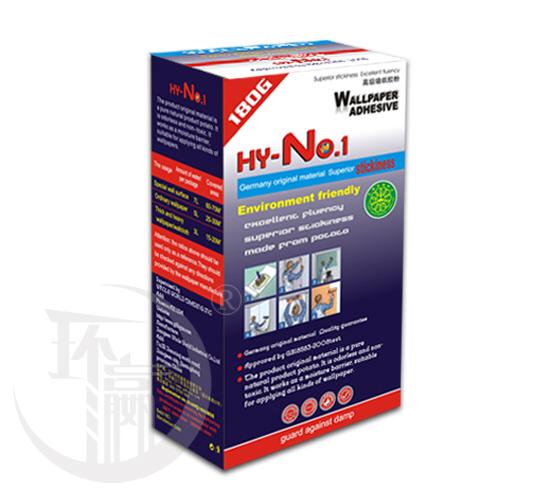
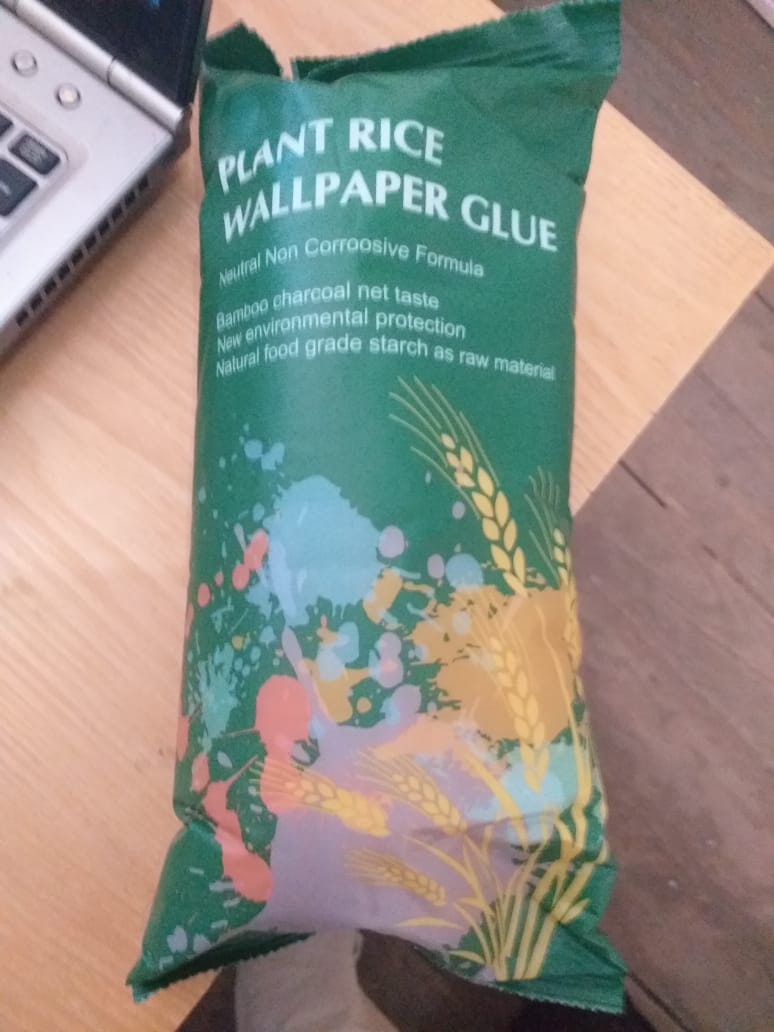
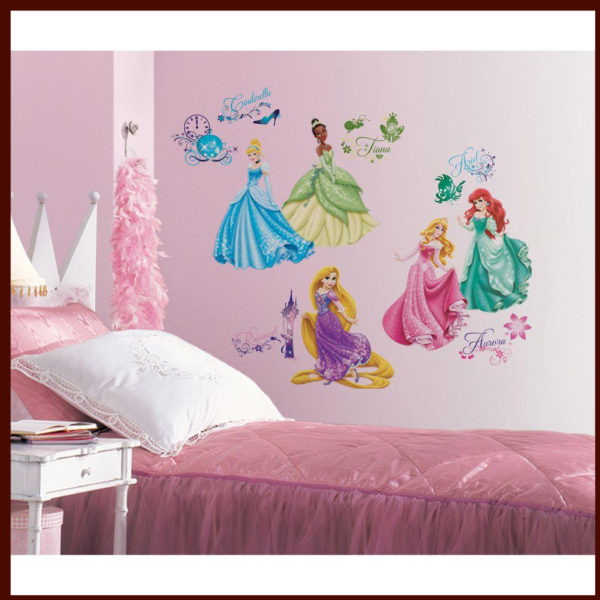
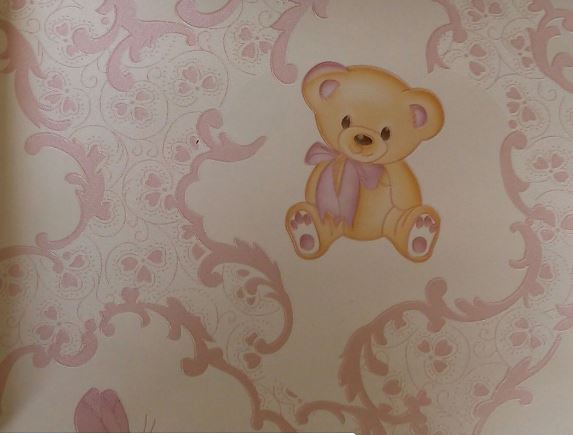
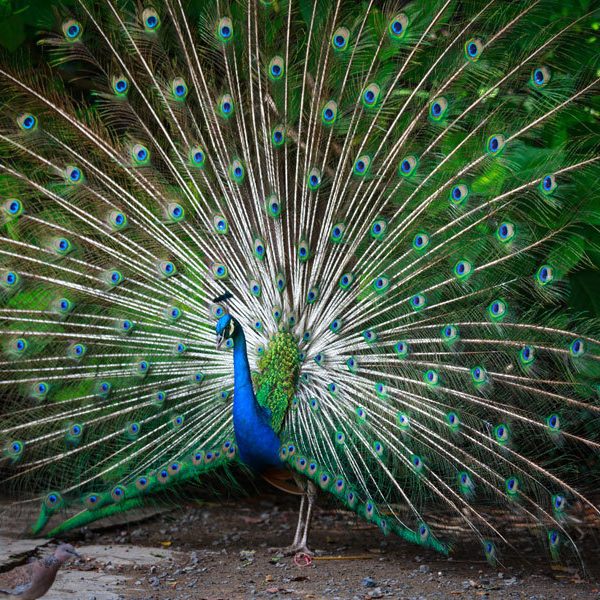
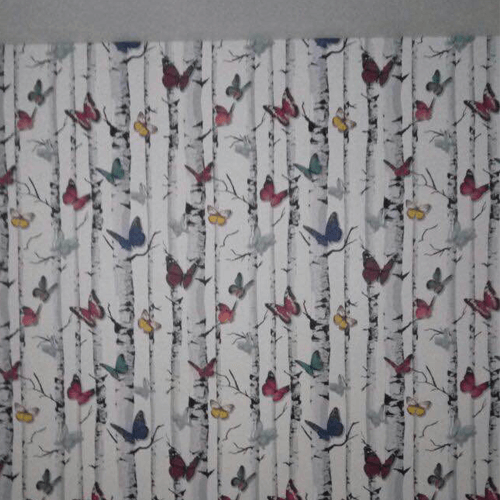
Reviews
There are no reviews yet.